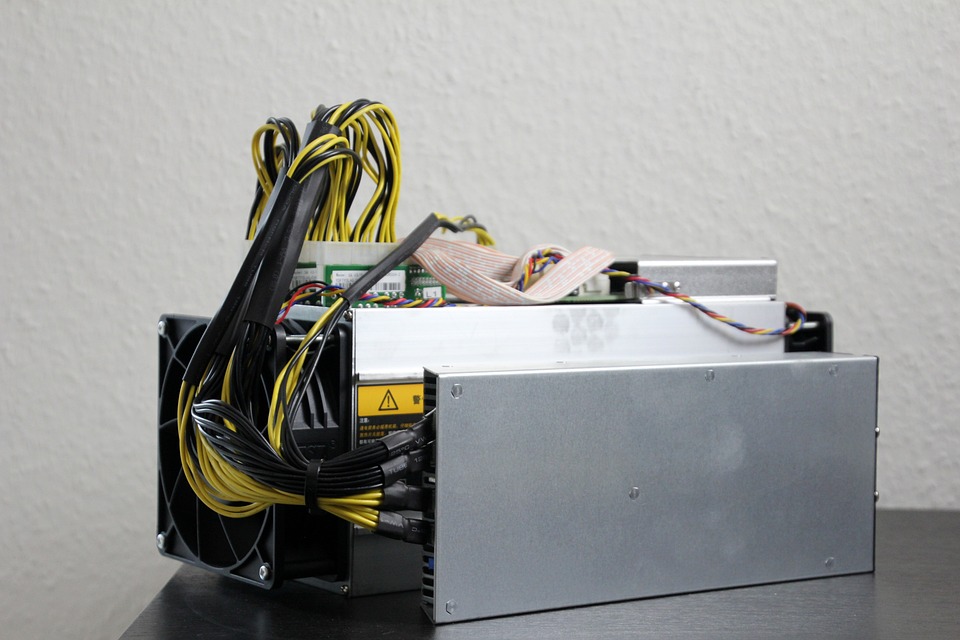In the ever-evolving world of cryptocurrencies, market sentiment plays a pivotal role in driving price fluctuations and investor behavior. Among the myriad of digital assets, Bitcoin stands out as the flagship cryptocurrency, making its market sentiment particularly crucial for traders and investors alike. With both fear and greed influencing the decisions people make, understanding this sentiment can help participants navigate the tumultuous waters of the Bitcoin market.
The Emotional Spectrum: Fear and Greed
Market sentiment is often described using the dual concepts of fear and greed. These two emotions fundamentally shape the motivations and reactions of investors. In the context of Bitcoin, the Fear and Greed Index created by Alternative.me serves as a valuable tool to gauge market sentiment, providing a composite score based on several factors.
Fear: A Crucial Market Force
Fear prevails in the Bitcoin market during bearish trends, when prices are in decline, or during periods of high volatility. Fearful investors may panic sell their holdings, exacerbating price drops and creating a cyclical effect. The fear of missing out (FOMO) also exists in these scenarios, as some investors rush to sell to avoid further losses, believing that markets will only worsen.
Several catalysts can induce fear in the cryptocurrency ecosystem:
-
Regulatory News: An announcement regarding government regulations can greatly influence market sentiment. For instance, news of enhanced scrutiny or potential bans can create widespread fear among investors, triggering a sell-off.
-
Market Manipulation: Events like pump-and-dump schemes may foster an atmosphere of fear, as many investors succumb to rumors and uncertainty.
- Macroeconomic Factors: Economic downturns, inflation, or geopolitical events can alter risk appetites and lead to negative sentiment in the crypto market.
Understanding how fear operates can be advantageous for investors. Many savvy traders look to accumulate Bitcoin during these downturns, capitalizing on lower prices before the eventual recovery.
Greed: The Upside of Market Sentiment
In contrast to fear, greed often takes center stage during bullish trends. Optimism drives prices up as investors anticipate continued growth. The desire for profits can lead to aggressive buying practices, with many flocking to the market under the impression that prices will continuously ascend.
Several factors contribute to greed in the Bitcoin market:
-
Bull Markets: Sustained periods of increasing prices often lead to exuberance, driving more investors to enter the space.
-
Media Hype: Positive news coverage, endorsements, and social media influence often amplify bullish sentiment. Prominent figures or institutions announcing Bitcoin investments can create a herd mentality that fuels greed.
- Historical Price Trends: The Bitcoin bull cycles of the past, followed by significant price rises, provide a roadmap that many investors look to replicate, inspiring further investment driven by greed.
However, greed can prove perilous if untempered by sound strategy. The phenomenon known as "buying the top" often leads to significant losses when markets correct.
Beyond Fear and Greed: Other Influential Factors
While fear and greed are foundational aspects of market sentiment, other factors also shape the landscape for Bitcoin investors:
1. Market Data and Analytics
Investment decisions are increasingly data-driven. Real-time analytics, on-chain metrics, and technical indicators yield insights that can help navigate market trends. Tools like trading volume, active wallets, and exchange flows provide essential context for assessing market sentiment.
2. Technological Developments
The technological landscape of Bitcoin and blockchain must be closely monitored. Developments like the Lightning Network, improvements to scalability, or updates addressing security can enhance investor confidence, shifting sentiment positively.
3. Community and Social Influence
The surrounding community can significantly impact sentiment. Developer activity, community sentiment on platforms like Twitter or Reddit, and overall discourse can lead to cascading effects in price movement. Market sentiment can shift rapidly as community-generated content dictates the prevailing mood.
4. Global Events
Broader financial trends, currency devaluation, inflation rates, and economic crises can influence Bitcoin sentiment. As a decentralized asset often touted as a hedge against inflation, Bitcoin’s price action reflects global economic sentiment and apprehension about traditional financial systems.
Conclusion
Understanding Bitcoin market sentiment is paramount for navigating this complex and volatile landscape. While emotions like fear and greed undoubtedly drive much of the market’s behavior, acknowledging the multifaceted nature of sentiment—enhanced by data, technology, and global influences—equips investors with a comprehensive perspective. In a market defined by rapid changes and inherent volatility, awareness of these dynamics creates an opportunity to make informed, strategic decisions and ultimately leads to a more resilient investment approach. In such an unpredictable market, the key is to find a balance between emotional responses and data-driven strategies, allowing for nuanced navigation of Bitcoin’s highs and lows.


